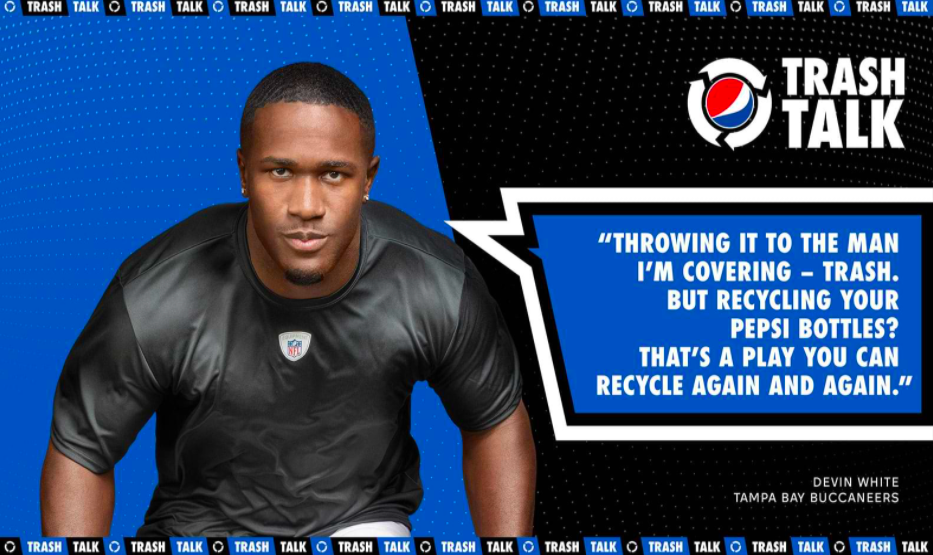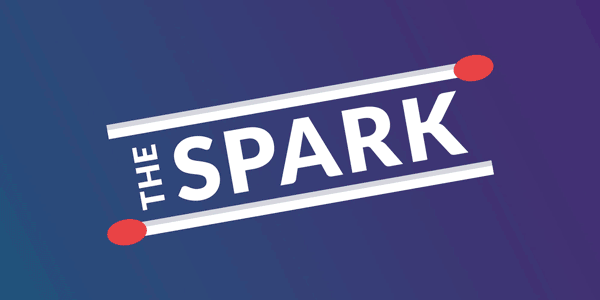TikTok TabloidsA “Ted Lasso” meme. A K-pop fancam. A photo of your grandma. Which one of these are you expecting to see when you log in to your favorite social media platform? For almost half of U.S. adults, it’s none of the above. They’re scrolling through the latest headlines.
New data from Pew Research sheds light on how consumers are using social media sites. According to the survey, 48% of Americans say they get their news from social media at least “sometimes” or “often.” While social giant Facebook had the highest number of users leveraging its site as a newspaper (or maybe more like a tabloid), Twitter stood out as the most news-worthy, with more than half of its users getting news on the site regularly. User demographics also affect information consumption on social media — for example, younger adults are far more likely to regularly get news on both Snapchat and TikTok than other age groups.
How social media users view a platform should affect the way marketers use it. If Twitter users are already searching for news stories on the site, this is an ideal platform to participate in a relevant trending topic or connect content to a relevant headline. Whereas a site like YouTube, where less than a third of its users view it as a news source, might be better suited to more evergreen content. Understanding how users engage with different social media sites and the type of content they consume will help brands mold their social media strategies to their audiences.
TL;DR: A new survey from Pew Research revealed which social media platforms users are turning to for news. Brands can leverage how consumers engage with different social media sites to create more relevant content for each audience.
Twitter Means BusinessCan Twitter take you from #girl to #GirlBoss? Its new professional business elements just might help you get there.
The Professional Profiles feature allows brands and creators to more clearly stand out as established businesses rather than just any old Twitter account. Professional Profiles permits business accounts to add their hours of operation, contact information, and location (which links to Google Maps) to their profile page, as well as a profile category label. Another new feature, ticketed Spaces, allows approved Spaces hosts to set ticket prices and audience numbers. Creators will be able to profit off of their Spaces conversations — almost like a paid virtual master class (with Twitter taking 3% too).
Twitter’s latest developments continue to give brands and marketers a chance to connect with their audience in more innovative, non-traditional ways. Marketers can use the Professional Profile features to create a more refined presence for brands on Twitter, which will help the public know the page they visit is legitimate and the information displayed is trustworthy. And ticketed Spaces presents a considerable opportunity to strengthen ties between businesses and their consumers in a more exclusive audio setting.
TL;DR: Twitter launched new professional business tools that help legitimize business accounts and compensate creators. Marketers should consider how these innovative communication tools can cultivate more meaningful connections with their consumers and create a more polished brand presence.
Facebook Had a Busy WeekSomeone in Facebook’s marketing department had a productive week because the platform just launched a collection of new business tools. And FB did not keep it short and sweet, you might want to sit down for this. The new features include:
So, what’s the takeaway for brands besides having to read through too many updates at once? Facebook is setting up opportunities for marketers to connect directly with current and potential customers. These tools will allow brands to focus on more personalized messaging, better facilitate business activity on the site, and promote business discovery. Before putting all of your marketing eggs into Facebook’s basket, make sure you keep a watchful eye on the results of the Facebook Files investigation. This WSJ exposé dives into the dark side of Facebook, which is likely making brands think even more carefully about their social media strategy choices.
TL;DR: Facebook announced a collection of updates aimed at connecting businesses with consumers more directly. Marketers should assess which features, like post testing, will best suit their strategy.
What Lit Us Up
Don’t Trash Talk SustainabilityFootball szn is in full swing, and you know what that means: buffalo chicken dip, fantasy drafts, and trash talk. No, we’re not talking about foul language on the field — we’re talking about Pepsi’s new campaign to clean up its environmental act. Last week, Pepsi launched its Pepsi Trash Talk interactive campaign to promote the company’s sustainability initiatives.
The multifaceted effort includes YouTube PSAs with NFL stars like Justin Herbert discussing the dos and don’ts of recycling and a virtual game where players use a Pepsi-branded recycling bin to collect waste (metaverse marketing, anyone?). Pepsi also partnered with the self-proclaimed king of trash talk, Deion Sanders, to produce content about the campaign for his Barstool Sports show and social media channels. To ensure consumers have an easy-to-access resource center, Pepsi created a digital site with educational content and downloadable gifs.
Pepsi unveiled Trash Talk in tandem with the company’s announcement that all Pepsi products in the U.S. will be 100% rPET bottles by 2030 to reduce greenhouse gas emissions, starting with Pepsi Zero Sugar in 2022. These steps are part of a more significant change from parent company PepsiCo, which announced its pep+ (pep Positive) initiative. pep+ aims to structurally transform the company to operate and grow sustainably through major changes such as cutting plastic per serving by 50 percent globally.
We know what you’re thinking: You’ve seen greenwashed marketing too many times to count. Here’s how this campaign is different. Pepsi is setting concrete goals first (followed by a fun, star-studded operation to promote it). Not every brand can have the multi-million dollar budget to execute a creative marketing strategy. Still, every brand can use its marketing muscle to create positive change and make systemic changes to reverse its environmental impacts.
TL;DR: Pepsi rolled out a Trash Talk campaign to promote eco-friendly behavior along with its new sustainability commitments. Marketers can follow Pepsi’s steps by making actionable changes supported by innovative campaigns. (Was this email forwarded to you? Sign up here.)
|
-1.png?upscale=true&width=346&upscale=true&name=Tier%20One%20logo_color%20(1)-1.png)


